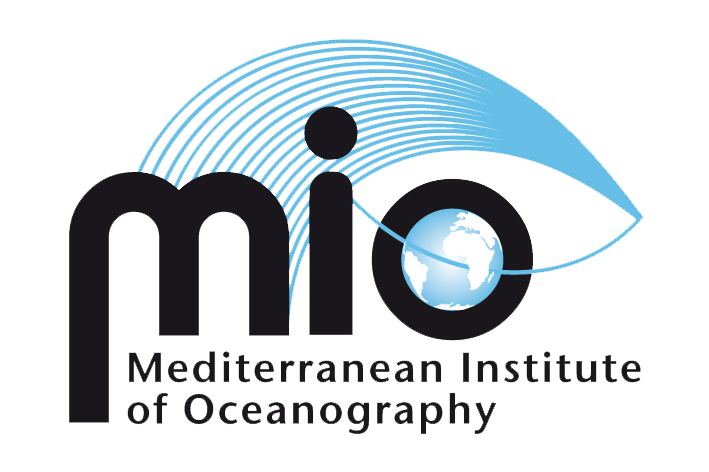Congratulations to Robin Fuchs (CYBELE) who defended his thesis on September 16, 2022
On the following topic: "Neural methods and mixed data: Towards better spatio-temporal resolution of marine ecosystems and phytoplankton"
Abstract:
Phytoplankton is one of the first links of the food web and generates up to 50% of the global primary production.
up to 50% of the world's primary production. The study of phytoplankton and its
physical environment requires observations with a resolution of less than a day and a kilometer
day and kilometer resolution, as well as taking into account the heterogeneous types of data involved and
involved and the spatio-temporal dependency structures of marine ecosystems.
ecosystems.
This thesis aims to develop statistical methods in this context by
technologies such as automated flow cytometry. Theoretical developments
theoretical developments were based on the deep Gaussian mixture models
(DGMM) introduced by Viroli and McLachlan (2019). In order to better characterize the
ecological niches of phytoplankton, we extended these models to mixed data (with continuous
(with continuous and non-continuous variables) often present in oceanography.
A clustering method has been proposed as well as an algorithm for generating synthetic
A clustering method has been proposed as well as an algorithm to generate synthetic mixed data.
Concerning the high frequency study itself, convolutional neural networks have been
convolutional neural networks have been introduced to process flow cytometry outputs and to study
six functional groups of phytoplankton in the littoral zone and in the open ocean. From
responses of these groups were identified following impulse events induced by
wind-induced pulse events, highlighting the importance of the coupling between
between physics and biology. In this regard, a rupture detection method has been
proposed to delineate the epipelagic and mesopelagic zones, thus providing a new basis for
a new basis for the calculation of carbon/mesopelagic budgets.
Keywords:Mixing models, Synthetic data, Breakthrough detection, Phytoplankton,
Ecological niches, Physical forcing
Composition of the jury
Denys POMMERET Professeur Aix Marseille Université - Institut de Mathématiques de Marseille (I2M)
163 Avenue de Luminy Campus de Luminy 13009
Marseille FRANCE Directeur de thèse
Christophe BIERNACKI Professeur Université Lille 1 - Laboratoire Paul Painlevé
Bâtiment M2 Cité Scientifique 59655
Villeneuve-d'Ascq FRANCE Rapporteur
Emilie POISSON-CAILLAULT Professeure associée Université du Littoral Côte d'Opale (ULCO) - Laboratoire d'Informatique Signal et Image de la Côte d'Opale (LISIC)
Maison de la Recherche Blaise Pascal BP 719, 50, rue Ferdinand Buisson 62228
Calais FRANCE Rapporteure
Melilotus THYSSEN Chargée de recherche Aix Marseille Université - Institut Méditerranéen d’Océanologie (MIO)
Bâtiment Océanomed - Méditerranée 163 Avenue de Luminy Campus de Luminy 13009
Marseille FRANCE Co-directrice de thèse
Melika BAKLOUTI Professeure Aix Marseille Université - Institut Méditerranéen d’Océanologie (MIO)
Bâtiment Océanomed - Méditerranée 163 Avenue de Luminy Campus de Luminy 13009
Marseille FRANCE Examinatrice
Pierre LATOUCHE Professeur Université de Paris - Laboratoire MAP5, Ecole Polytechnique
45 rue des Saints-Pères Laboratoire MAP5 Aile Turing 75006
Paris FRANCE Examinateur
Geoffrey MCLACHLAN Professeur University of Queensland - School of Mathematics and Physics
University of Queensland St Lucia 4067
Brisbane AUSTRALIE Examinateur
Mridul K. THOMAS Maître assistant University of Geneva - Dept. F.-A. Forel for Environmental and Aquatic Sciences
A209, Uni Carl Vogt 66, Boulevard Carl-Vogt 1211
Geneva SUISSE Examinateur

